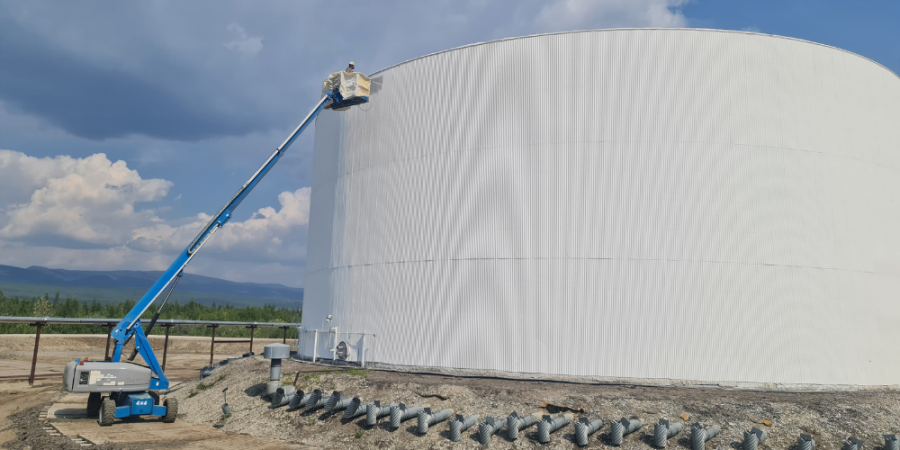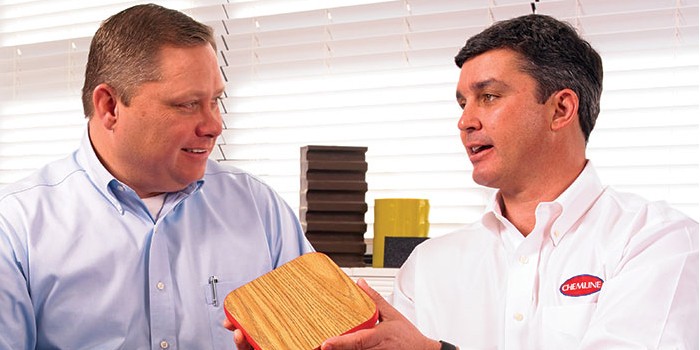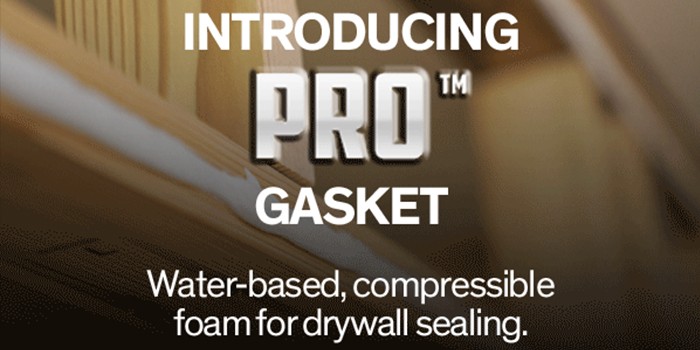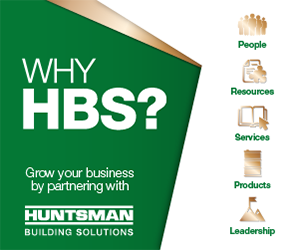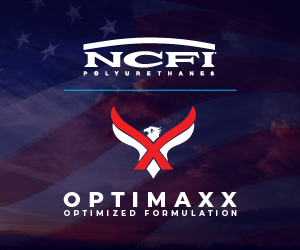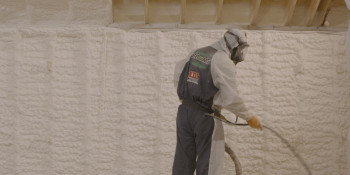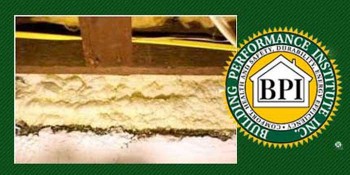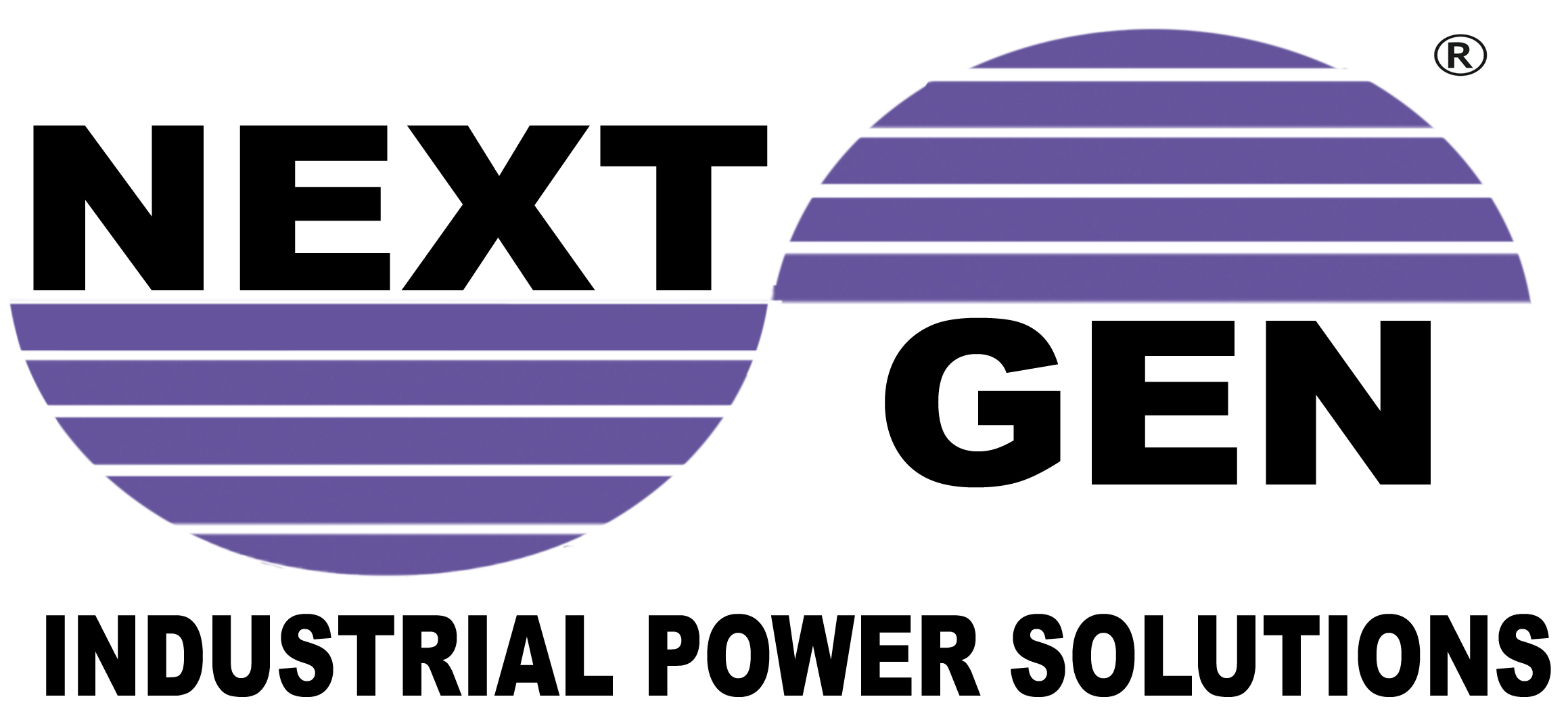If I Knew Then What I Know Now


Spray Foam Magazine – Summer 2025 – The most valuable lessons I've learned come from 40 years in the roofing industry, over 30 years specifically in spray foam, and thousands of completed roofs—often the hard way. Few of us are truly inventing something new, so there's no need to reinvent the wheel. Instead, read, listen, and learn from others. Let's explore this from narrow to broad.
MASTERING SPRAY FOAM ROOFING: Key Lessons from the Field
SPF Isn’t Just for Flat Roofs: Spray polyurethane foam works equally well on pitched roofs. It can be used as a full roofing system, for maintenance and restorations, to alleviate ponding, or to insulate rooftop ductwork and equipment. It’s even suitable beneath fleece-backed single-ply membranes.
Perimeter Metal Matters Most: When it comes to long-term performance and avoiding callbacks, perimeter metal is critical. Fasten it fully—doubling up at laps and joints. Cut a V-groove at the foam-to-metal transition and fill it with sealant to allow for thermal movement. This step is often overlooked but absolutely essential.
Coating Coverage Reality Check: Specs might call for three to five gallons per square, but that’s based on smooth like glass—not textured foam. Factor in surface profile, wind, leftover material in hoses and drums, and aim to install 15–25% more than spec’d. For example, five gallons spec’d usually means you'll need closer to six.
Aggregate Done Right: Worried about reflectivity, local ordinances, or bird impacts? Aggregate is a smart solution. With unlimited color options and excellent durability, it satisfies aesthetic and functional needs alike. For sloped roofs, embed aggregate after a basecoat and follow up with a second coat for secure hold.
Slit Samples Tell the Truth: Regularly take slit samples—they’re the best tool for revealing foam structure, adhesion, and true coating thickness. Think of them like tree rings: each layer tells a story about the quality of the foam application.
Inspections—Get Low: – Final inspections deserve a different perspective—literally. Actually, kneel down and examine the roof from a lower angle to catch flaws and gaps missed at standing height.
Own the Inspection Process: Third-party inspections should never be a surprise. Perform your own detailed walkthrough first. Treat outside inspections as an opportunity to reinforce your reputation for quality work.
SELLING SPRAY FOAM ROOFS
(Taken from my breakout session Fun Foam Facts and Fiction—don’t miss it next time, it’s a fun class!)
The basic expectation from any roofing system installed by a reputable contractor is simple: it should keep your structure dry. But that's exactly where traditional roofing systems stop—and where the advantages of SPF roofing begin.
SPF roofing advantages:
Beyond Dry – While most roofs stop at keeping water out, SPF adds insulation, longevity, and structure.
Long Lifecycle – Traditional roofs often hit landfills in 15–20 years. SPF can simply be recoated. SPF roofing offers the longest lifecycle of any roofing system.
Superior Insulation – Imagine installing twice the insulation found in your refrigerator, freezer, ice chest, or water heater—anything where insulation truly matters. That's what you'll get with an SPF roof.
Structural Strength – SPF often enhances structural resilience by creating a diaphragm-like adhesion to the roof assembly, providing added seismic stability.
Custom Looks – Unlimited color choices and customizable surface textures allow for superior aesthetic flexibility.
Eco-Friendly – SPF applications are significantly gentler on the planet. Applied over existing roofs—less debris, less disruption, lower cost.
Common myths—busted:
“SPF is impossible and a nightmare to tear off.” Correct—and that’s why it gets top wind uplift ratings. With proper care, tear-off is unnecessary.
“You can’t walk on it.” Wrong. SPF supports thousands of pounds per square foot—more than enough for foot traffic. In fact, just one square foot of SPF roofing can support over 7,000 pounds. Enough said.
“You can’t install it in bad weather.” True—and that’s good. No quality roof should go down on a wet surface.
“I’ve seen bad foam jobs.” So have I. Every roofing system has poor installs. Judge the installer, not the material.
GENERAL BUSINESS ESSENTIALS
Being right can be wrong – Don’t focus on proving a point with clients. Fix the fence, wait for the check, spray the thing—because one happy client leads to many more. Patience and grace go further than “winning” an argument.
Never tell a client no – If you don’t offer a service, refer someone who does. Be ready with contact info. Even if you can’t meet their request, offer helpful alternatives. Aim to leave every client interaction with a reputation for being helpful and professional.
Know Your Costs – Whether it’s a $650 repair or a $500K project, job costing is essential. Track every expense—materials, sub-contractors, and accurate overhead. Having money in your pocket or in your bank account does not mean you’re making money.
Pictures matter—document everything – From the smallest residential job to the biggest commercial project, take photos at every stage: sales, pre-site, safety setup, product application, and final inspection. A simple job can generate 200–300 photos.
But photos are useless if you can’t find them later. Proper storage and organization are key—for verifying scope, handling disputes (“The driveway was already cracked—here’s proof”), or referencing for future bids. Bonus: use your own project photos for marketing, not stock images.
Competitors and Friends – Some of my best industry friendships are with direct competitors. If I need help on a system they know better or want to learn something they’ve done, I call and ask. If they’re not bidding the same job, we dive deep; if they are, we keep it general. The real value? Building a network of passionate pros—especially those outside your market. Imagine going to a cocktail party or an all-night extravaganza and everybody there is just as passionate, just as knowledgeable, and loves to talk about the same stuff you do.
PHILOSOPHY: Insights that Took Me Too Long to Realize
Distilling my favorite insights into just a few points feels like trying to choose a favorite child—it’s nearly impossible. While I greatly respect ancient classical philosophers, I often find contemporary wisdom more directly useful in guiding my business.
“Comparison is the thief of joy.” — Teddy Roosevelt
What does this mean to me? Every business, every person, and every situation is unique. Don't undermine your confidence by comparing yourself to others. Social media often showcases the highlight reels of people’s lives, not their daily struggles. Remember, the only person I'm truly competing against is myself.
You must have a plan—but also be ready to adapt.
Without a plan, how do you know if you're progressing, falling behind, staying on budget, or achieving success? Yet, as the 20th-century philosopher (and boxing legend) Muhammad Ali famously said, “Everyone has a plan until they get punched in the face.” To me, this means that no matter how thorough my preparation, knowledge, or resources, unexpected challenges can arise. The key is having the confidence and flexibility to pivot, adjust, or even entirely change course as needed.
Looking forward, not backward
Who better to close this philosophical reflection than country music artist Jelly Roll? “I took the rearview mirror down so I can only see what’s in front of me.” To me, this idea is profoundly powerful. Dwelling on past mistakes, disappointments, or missed opportunities is unproductive—unless it’s briefly to learn and avoid repeating them. I don't waste time on "what if," "could have been," or "should have done." I keep moving forward.
I firmly believe human beings make the best decision with the information available to them… at that time.
Direct any questions about this article to Gary Harvey at gary@wedgeroofing.com
Disqus website name not provided.









